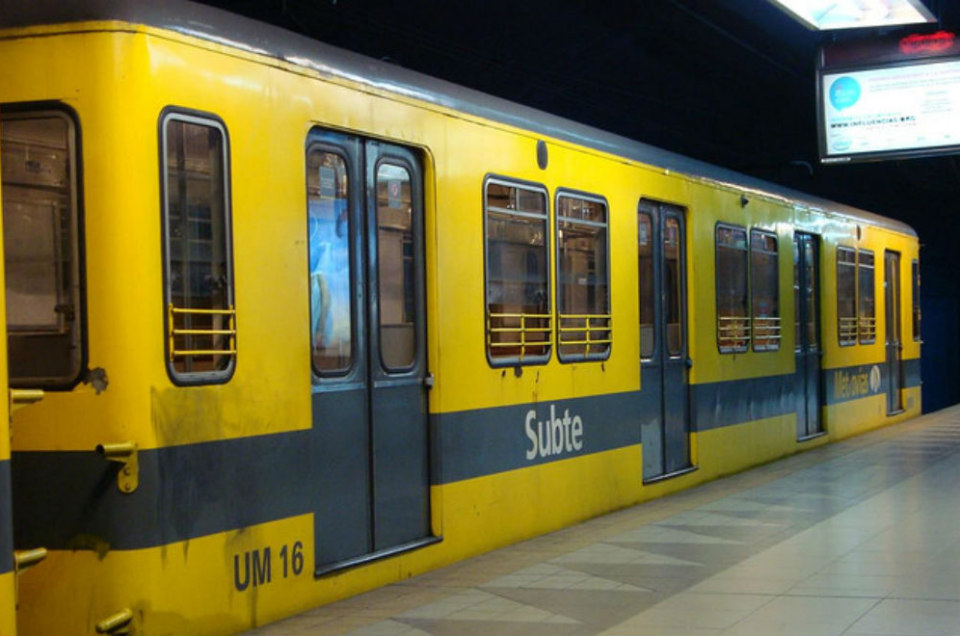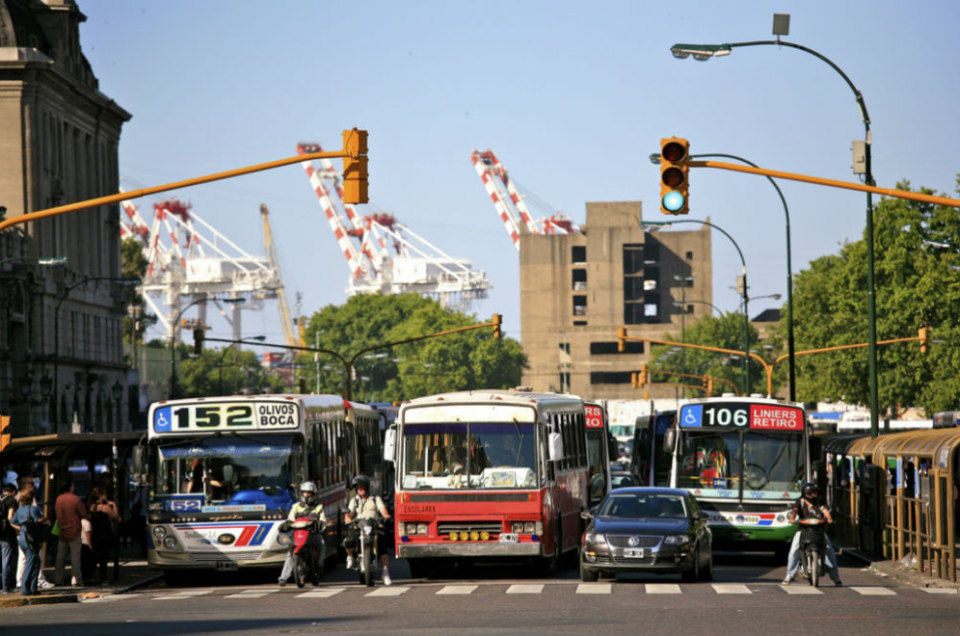Buenos Aires is a huge city that can be difficult for visitors to navigate. Although a large portion of the city is fairly pedestrian friendly, you will often spend more time walking to your destinations than you do exploring them. The public transportation system covers the entire city, including the suburbs and runs 24 hours a day. If you are planning on spending a few days in Buenos Aires, it’s worth figuring out at least a couple of bus and subway lines.
Subway
The subway, which is called the “subte” is usually the fastest, simplest way to get around, especially for travelers who won’t be in town long enough to memorize any bus lines. There are 6 different subway lines, all of which are clearly marked both by a letter and color. Each subway stop will also include a map that displays every stop on every line. These maps are incredibly helpful and reassuring if you are feeling a bit lost. You can purchase rides on the subway one at a time, or put any amount of money on a reusable card.
If you are in town for just a few days, the subway is your best option because it is much easier to understand than the bus system. The clearly marked maps and scheduled stops make it easy for anyone to keep track of where they are and where they are going. The downsides are that all the subway lines stop running at 11pm and sometimes the stops will still leave you a several blocks from your destination.
Buses
The buses in Buenos Aires are referred to as “colectivos.” There are hundreds of bus lines in the city, many of which run 24/7. The biggest issue with the buses is that different owners run the lines, so you can’t trust all lines equally. While some buses run like clockwork, others might leave you waiting for 30 minutes or more. Locals are always up to date on which lines are dependable, so a quick chat with your hotel concierge should set you on the right track
Once you get on the bus, you will need to tell the driver where you are going because price you pay depends on the distance you travel. Payment can only be made in coins or via SUBE cards. The SUBE cards have to be applied for at the post office, so for short-term travelers, the coin-option is easiest.
Buses will often take you much closer to your destination than a subway might, but you really have to watch the street signs. Buenos Aires buses do not stop unless a stop is requested, so you’ll need to ring a bell a few blocks before your street comes up. If you are bit nervous, you can stand near the driver and ask him to let you know when to get off. As long as the bus isn’t crowded, the driver probably won’t mind.
If you are going to be in Buenos Aires for more than a week, you’ll want to purchase a GuiaTe, which is the public transportation guidebook that the locals swear by. Although it is a bit confusing to read at first, once you figure it out, this pocket -sized guide can show you the route of any bus or subway line in the city, as well as all the street names.
Public transportation may seem like a hassle at first, but it’s a great way to experience the city like a local. Don’t be afraid to hop on a bus and see where it takes you.


